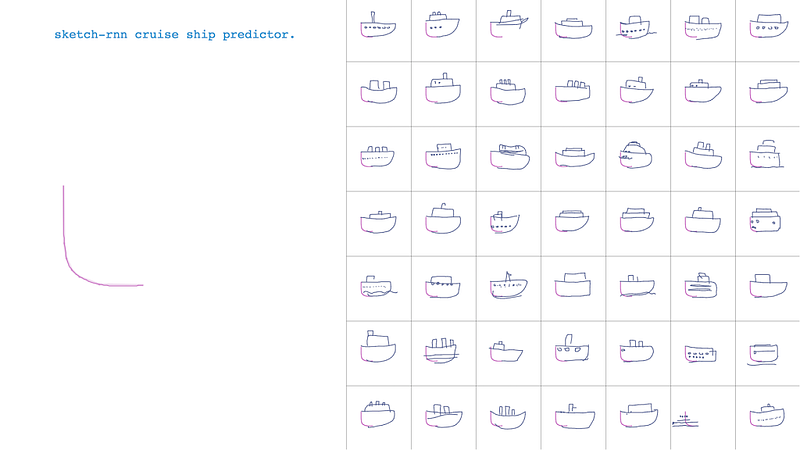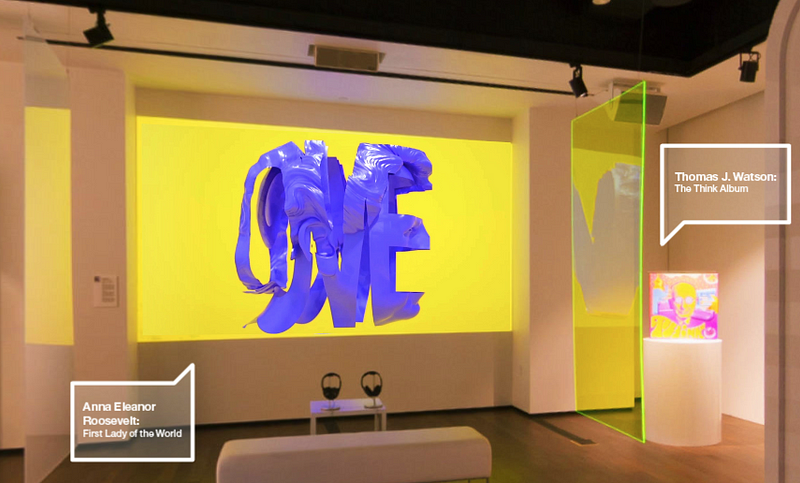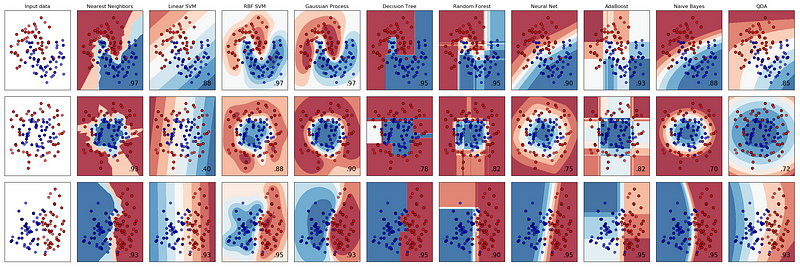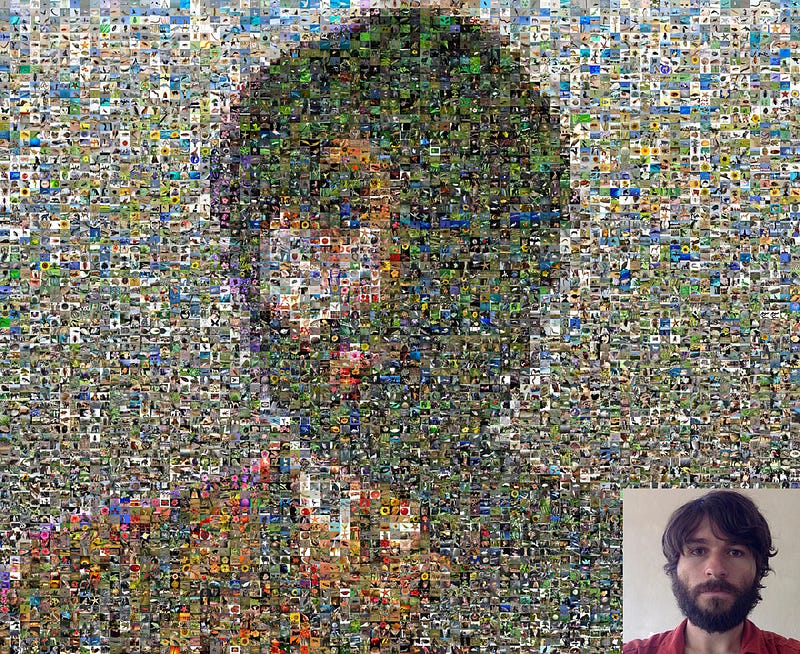Deep learning is about to become a part of every developer and interactive storyteller’s tool box. It’s not just for machine learning experts anymore. This is a compilation of software that aims to make complicated problems accessible to anyone with basic Python scripting abilities.
With any of the suggestions below, it is possible to discover the complex ideas and building blocks of deep learning and machine learning technology. In order to create impactful and critical experiences in the era of cognitive computing, it is our responsibility to uncover the hidden layers of bias and logic hardwired in by coders as they create AI algorithms. We can inspect the training sets and reveal that AI models are shaping our everyday lives. This will not only lead to a better understanding of how we communicate with machines but will diversify the voices that manufacture our reality.
Remember: If you create your own app and intelligent platform, make sure to check for your blind spots and biases, inspired by this project.

Wekinator by Rebecca Fiebrink
This free and open-source software allows you to build interactive systems based on human actions and gestures instead of programming code. It’s listening software that recognizes movements and composes visual and audio outputs, using regression, classification, and other supervised analysis models. Wekinator operates like a switchboard — it lives between different sources of input and output that use the open sound control protocol, making it easier to create complex relationships between someone’s movements and sounds in a creative, independent, and nonlinear way.
 Sketch-RNN Demos
Sketch-RNN Demos
Tensorflow by Google
TensorFlow is an open-source software library for building models and training infrastructures using a front-end application. It provides a straightforward way for users to train computers to perform complex tasks by feeding them large amounts of data. This software comes with the ability to implement and integrate ML models and simulated “deep learning” neural networks. It also has a “playground area” for interactive learning about how neural networks work. Although TensorFlow supports low-level programming interfaces with graphic visualizations abilities, you need to have the basic Python or C++ programming knowledge in order to inspect and tweak your model and training sets. But once you dive in, you’ll discover that this software can read from any Python generator and complex network with a direct and accessible approach. Here are examples of creative projects made with TensorFlow.
 3D animation projection
set to original music by Trevor Gureckis, Bastien Baumann, and Lucas Camargo
3D animation projection
set to original music by Trevor Gureckis, Bastien Baumann, and Lucas CamargoIBM cloud
IBM Cloud is an open-source implementation of IBM Watson’s Open Cloud Architecture services. Its technology can analyze high-level concepts of abstraction and data which aren’t directly referenced in the input. Even with basic programming knowledge of Python and C++ you can access data, training sets, and build complex cognitive computing models through a variety of APIs to create an application. The services include Personality Insights, Natural Language Understanding, Visual Recognition, and several customization capabilities. Here are examples of creative projects made with IBM Cloud support.

Scikit-Learn Library
Scikit-Learn is an open-source Python library that is relatively accessible, simple, and efficient. The library is focused on modeling, analyzing, and processing data. It provides plenty of documentation and examples for getting started. The strengths of Scikit-Learn lie in its interface and efficient implementations of machine-learning algorithms in data visualization and inference-making.
 by Gene
Kogan
by Gene
KoganML4Artist by Gene Kogan
This is not a tool or software but a free book about machine learning for artists with a collection of effective resources and ideas to facilitate a greater public understanding of the subject. ML4A is initiative by Gene Kogan, an artist and programmer who collaborates with numerous open-source software projects.
You’ll also find these tools on the MIT Open Documentary Lab’s docubase, which offers a plethora of people, projects, and technologies transforming documentary in the digital age.
Immerse is an initiative of Tribeca Film Institute, MIT Open DocLab and The Fledgling Fund. Learn more about our vision for the project here.